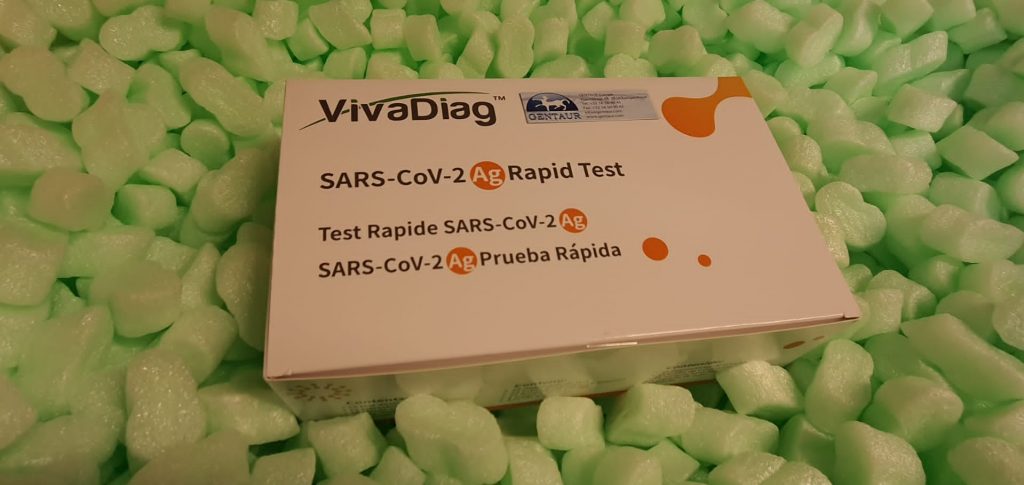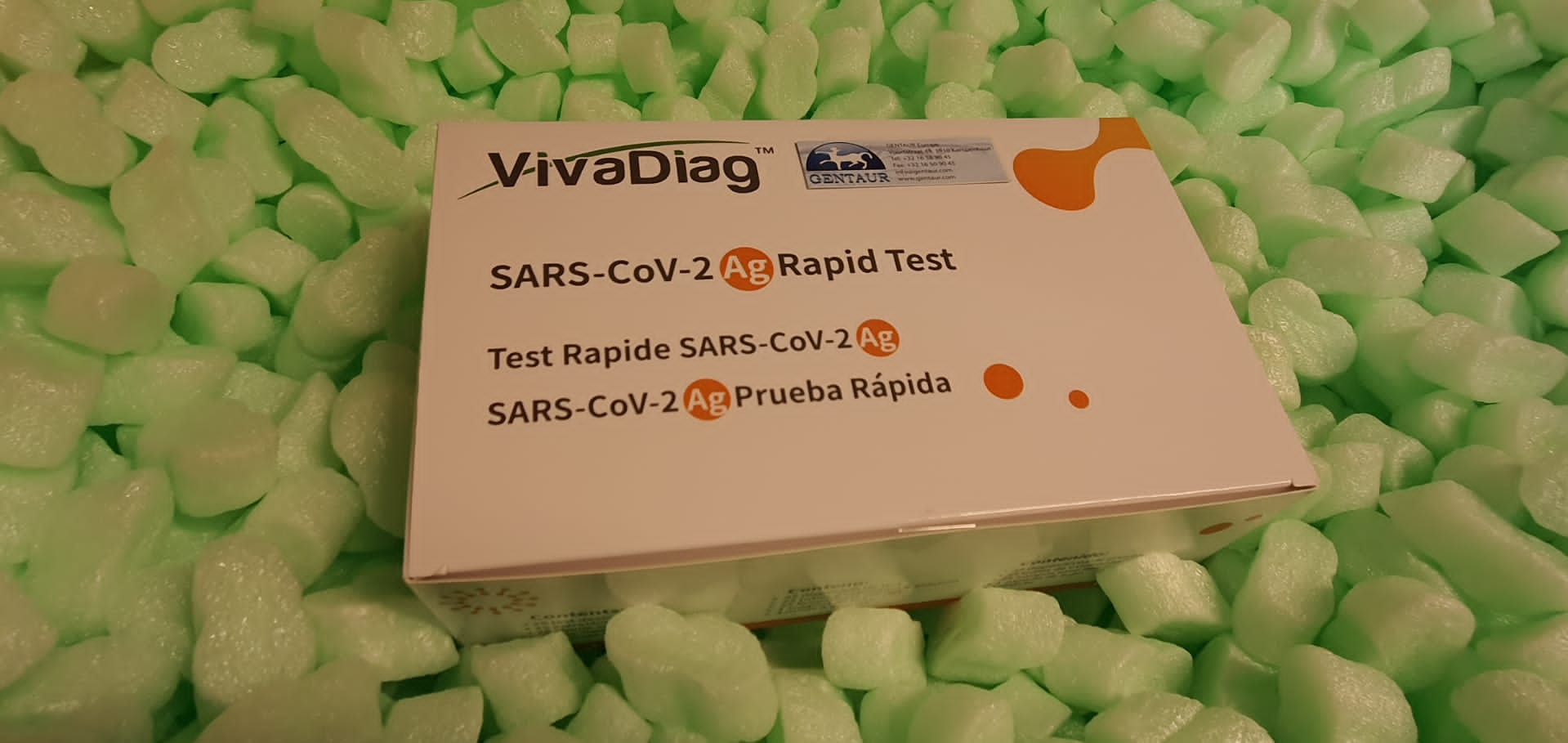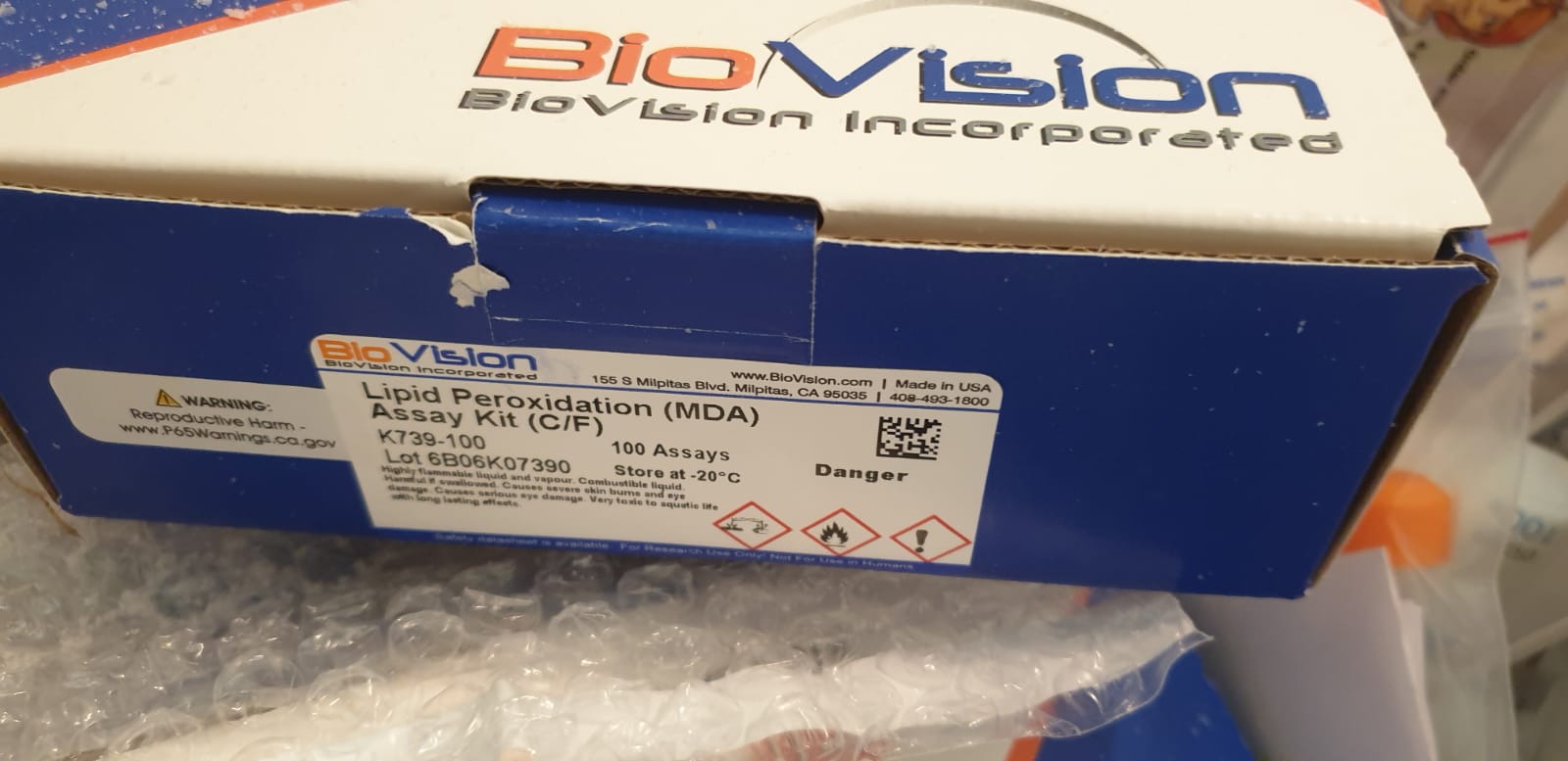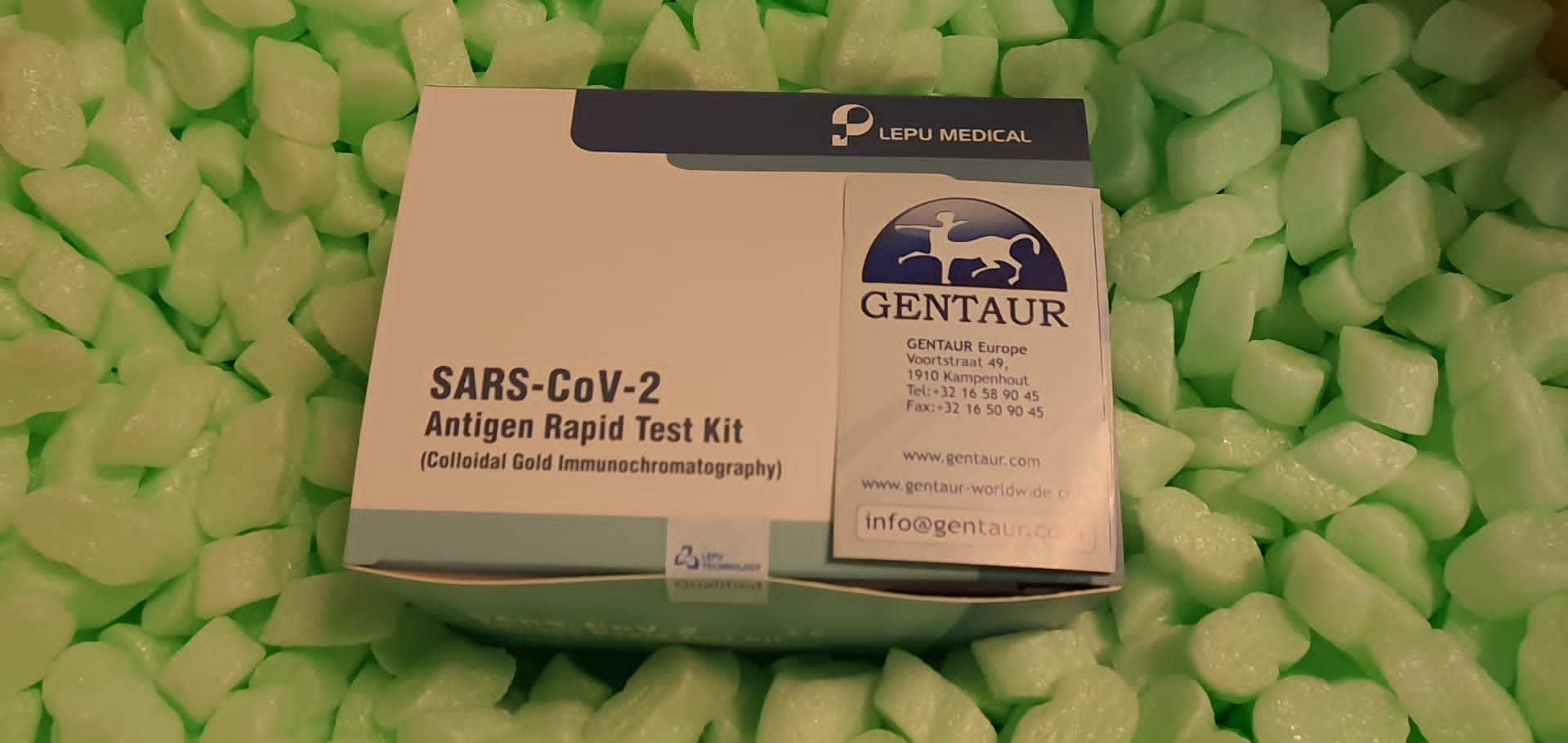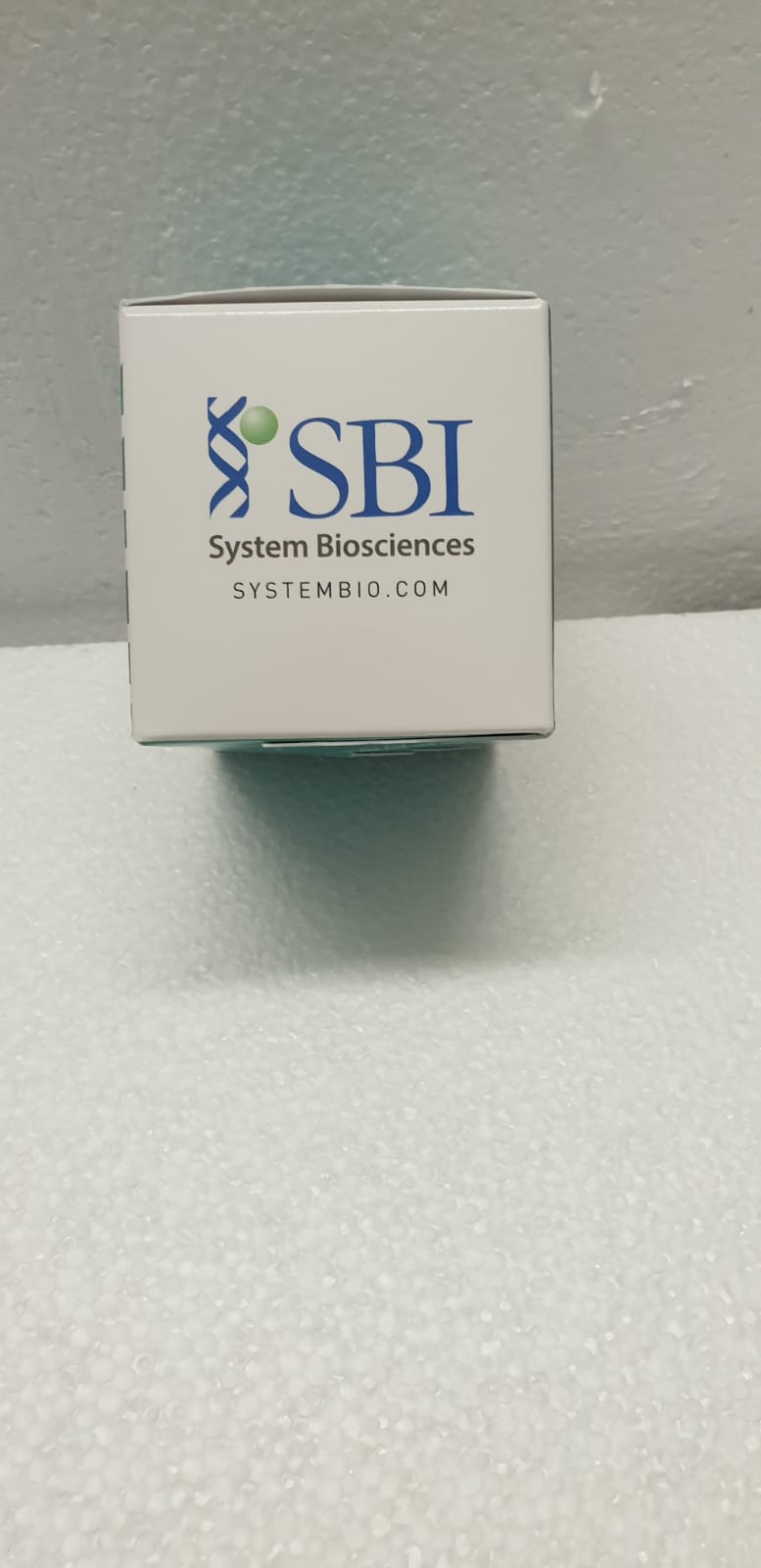Vaccination and non-pharmaceutical interventions for COVID-19: a mathematical modelling research
The dynamics of vaccination towards SARS-CoV-2 are sophisticated by age-dependent elements, altering ranges of an infection, and the relief of non-pharmaceutical interventions (NPIs) because the perceived danger declines, necessitating the usage of mathematical fashions. Our goals have been to make use of epidemiological information from the UK along with estimates of vaccine efficacy to foretell the attainable long-term dynamics of SARS-CoV-2 beneath the deliberate vaccine rollout. On this research, we used a mathematical mannequin structured by age and UK area, fitted to a variety of epidemiological information within the UK, which included the deliberate rollout of a two-dose vaccination programme (doses 12 weeks aside, safety onset 14 days after vaccination).
We assumed default vaccine uptake of 95% in these aged 80 years and older, 85% in these aged 50-79 years, and 75% in these aged 18-49 years, after which different uptake optimistically and pessimistically. Vaccine efficacy towards symptomatic illness was assumed to be 88% on the idea of Pfizer-BioNTech and Oxford-AstraZeneca vaccines being administered within the UK, and safety towards an infection was different from 0% to 85%. We thought of the mixed interplay of the UK vaccination programme with a number of potential future relaxations (or removals) of NPIs, to foretell the replica quantity (R) and sample of every day deaths and hospital admissions attributable to COVID-19 from January, 2021, to January, 2024.
We estimate that vaccination alone is inadequate to include the outbreak. Within the absence of NPIs, even with our most optimistic assumption that the vaccine will stop 85% of infections, we estimate R to be 1·58 (95% credible intervals [CI] 1·36-1·84) as soon as all eligible adults have been provided each doses of the vaccine. Beneath the default uptake state of affairs, removing of all NPIs as soon as the vaccination programme is full is predicted to result in 21 400 deaths attributable to COVID-19 for a vaccine that forestalls 85% of infections, though this quantity will increase to 96 700 deathsif the vaccine solely prevents 60% of infections.
Though vaccination considerably reduces complete deaths, it solely gives partial safety for the person; we estimate that, for the default uptake state of affairs and 60% safety towards an infection, 48·3% and 16·0% (15·7-16·3) of deaths might be in people who’ve obtained one or two doses of the vaccine, respectively. For all vaccination eventualities we investigated, our predictions spotlight the dangers related to early or speedy leisure of NPIs. Though novel vaccines towards SARS-CoV-2 supply a possible exit technique for the pande
Non-Pharmaceutical Interventions as Controls to mitigate the unfold of epidemics: An evaluation utilizing a spatiotemporal PDE mannequin and COVID-19 information
We examine the spatiotemporal dynamics and management of an epidemic utilizing a partial differential equation (PDE) based mostly Inclined-Latent-Contaminated-Recovered (SLIR) mannequin. We first validate the mannequin utilizing empirical COVID-19 information similar to a interval of 45 days from the state of Ohio, United States. Upon optimizing the mannequin parameters within the studying part of the evaluation utilizing precise an infection information from a interval of the primary 30 days, we then discover that the mannequin output intently tracks the precise information for the following 15 days.
Subsequent, we introduce a management enter into the mannequin to characterize the Non-Pharmaceutical Intervention of social distancing. Implementing the management utilizing two distinct schemes, we discover that in each instances the management enter is ready to considerably mitigate the an infection unfold. Along with opening a novel pathway in direction of the characterization, evaluation and implementation of Non-Pharmaceutical Interventions throughout a number of geographical scales utilizing Management frameworks, our outcomes spotlight the significance of first-principles based mostly PDE fashions in understanding the spatiotemporal dynamics of epidemics triggered by novel pathogens.
For greater than seven many years, chloroquine has been used to deal with malaria and a few autoimmune illnesses, akin to lupus erythematosus and rheumatoid arthritis. There may be rising curiosity in chloroquine as a therapeutic different within the therapy of HIV, Q fever, Whipple’s illness, fungal, Zika, Chikungunya infections, Sjogren’s syndrome, porphyria, continual ulcerative stomatitis, polymorphic gentle eruption, and several types of most cancers. HPLC coupled to UV detectors is probably the most employed technique to quantify chloroquine in pharmaceutical merchandise and organic samples. The principle chromatographic circumstances used to establish and quantify chloroquine from tablets and injections, degradation merchandise, and metabolites are introduced and mentioned.
